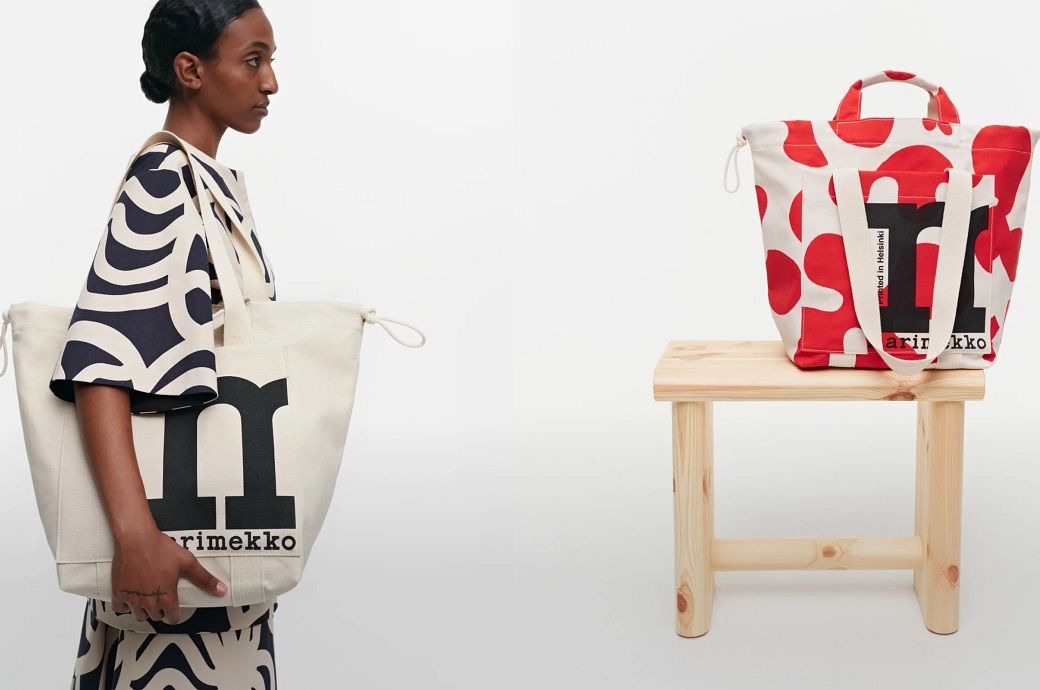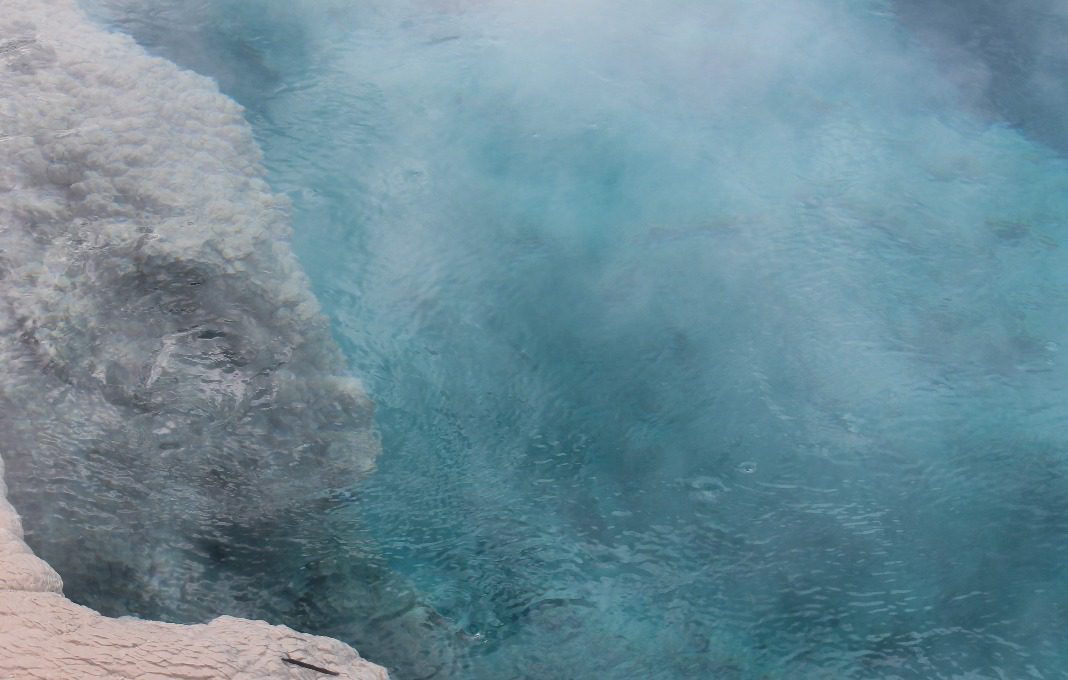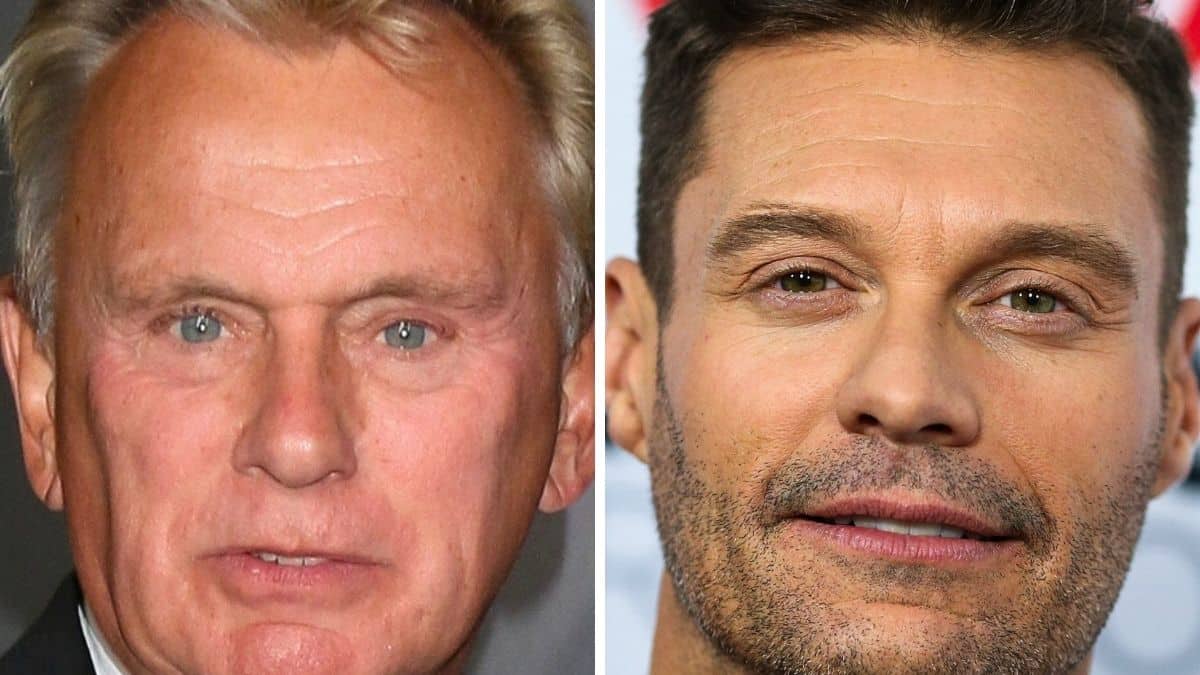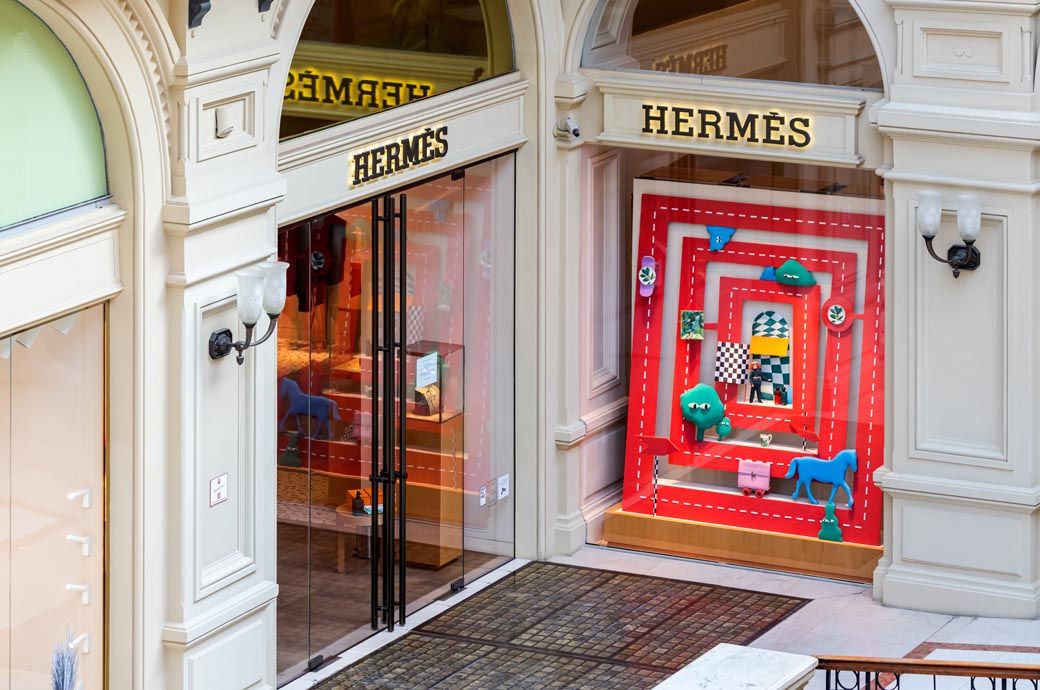NEW YORK (NY) – OCTOBER 23, 2009: Above the New York Times front door, hangs the corporate logo. … [+]
The New York Times will not pay Twitter when their so-called “verification” check mark disappears next month. Elon Musk has announced that any check marks purchased before October’s purchase will vanish in April’s first two weeks.
“We aren’t planning to pay the monthly fee for check mark status for our institutional Twitter accounts. We also will not reimburse reporters for Twitter Blue for personal accounts, except in rare instances where this status would be essential for reporting purposes,” a TimesI was contacted by the spokesperson on Thursday afternoon.
The statement was made by TimesThis is because Oliver Darcy (CNN media reporter) first reported it. Thursday, the newspaper said it wasn’t going to pay “for verification.” The Times now said it’s not paying for “check mark status,” an important distinction given the fact that Twitter doesn’t verify anyone’s identity when they subscribe to Twitter Blue.
In 2009, Tony La Russa (a legendary baseball player) filed a lawsuit against Twitter over an impersonator. The purpose of the check marks was to enhance trust and discourage people impersonating notable individuals like journalists and activists. But Twitter announced on March 23 it would strip verification from all accounts that weren’t paying for a blue check mark.
“On April 1st, we will begin winding down our legacy verified program and removing legacy verified check marks. To keep your blue check mark on Twitter, individuals can sign up for Twitter Blue here,” Twitter said in a tweet.
Twitter Blue can cost anywhere between $7 and $11 per monthly, depending on the platform that a user chooses to sign up for and whether or not they opt to pay annually. And many critics are upset Twitter doesn’t actually verify the identity of anyone who signs up for Twitter Blue—all it proves is that someone has at least $11.
Musk’s move to remove all their legacy accounts from blue checks marks is money-making. However, only 220,000 people have paid for it, according to researchers. Only 17% of them have less than 100 followers.
Some of Twitter’s most prominent celebrities have expressed frustration that they’ll no longer be verified, presumably making it easier for impersonation accounts to surface and trick people. William Shatner, an actor, expressed dismay at this change.
“Hey @elonmusk what’s this about blue checks going away unless we pay Twitter? I’ve been here for 15 years giving my [time] & witty thoughts all for bupkis. Now you’re telling me that I have to pay for something you gave me for free? What is this – the Colombia Records & Tape Club?” Shatner tweeted on March 25.
Musk tried to defend the move by insisting it was all about fairness, an explanation that doesn’t make much sense if the purpose is to combat impersonation.
“It’s more about treating everyone equally. There shouldn’t be a different standard for celebrities imo,” Musk tweeted, using an abbreviation for “in my opinion.”
Twitter made quite a mess when it first launched a new and improved version of Twitter Blue under Musk, with impersonators getting “verified” under several well known brand names, including Apple, Tesla, and SpaceX. An impersonator account made to look like drugmaker Eli Lily even tweeted that insulin would be made free, causing the company’s stock to plummet.
This article was amended with a statement direct from New York Times. The statement differed slightly form the one provided to CNN.
























































![Key Metrics for Social Media Marketing [Infographic] Key Metrics for Social Media Marketing [Infographic]](https://www.socialmediatoday.com/imgproxy/nP1lliSbrTbUmhFV6RdAz9qJZFvsstq3IG6orLUMMls/g:ce/rs:fit:770:435/bG9jYWw6Ly8vZGl2ZWltYWdlL3NvY2lhbF9tZWRpYV9yb2lfaW5vZ3JhcGhpYzIucG5n.webp)


















